Andy Munro Interview – I Am The Eggman
Andy Munro is a world-leading acoustics expert and has worked as an engineer and designer with some of the world’s biggest bands and audio companies. In celebration of his latest monitor project, the MunroSonic Egg, MusicTech catches up with Andy to talk acoustics, careers advice and studio technology… Andy Munro began an extraordinary career in […]
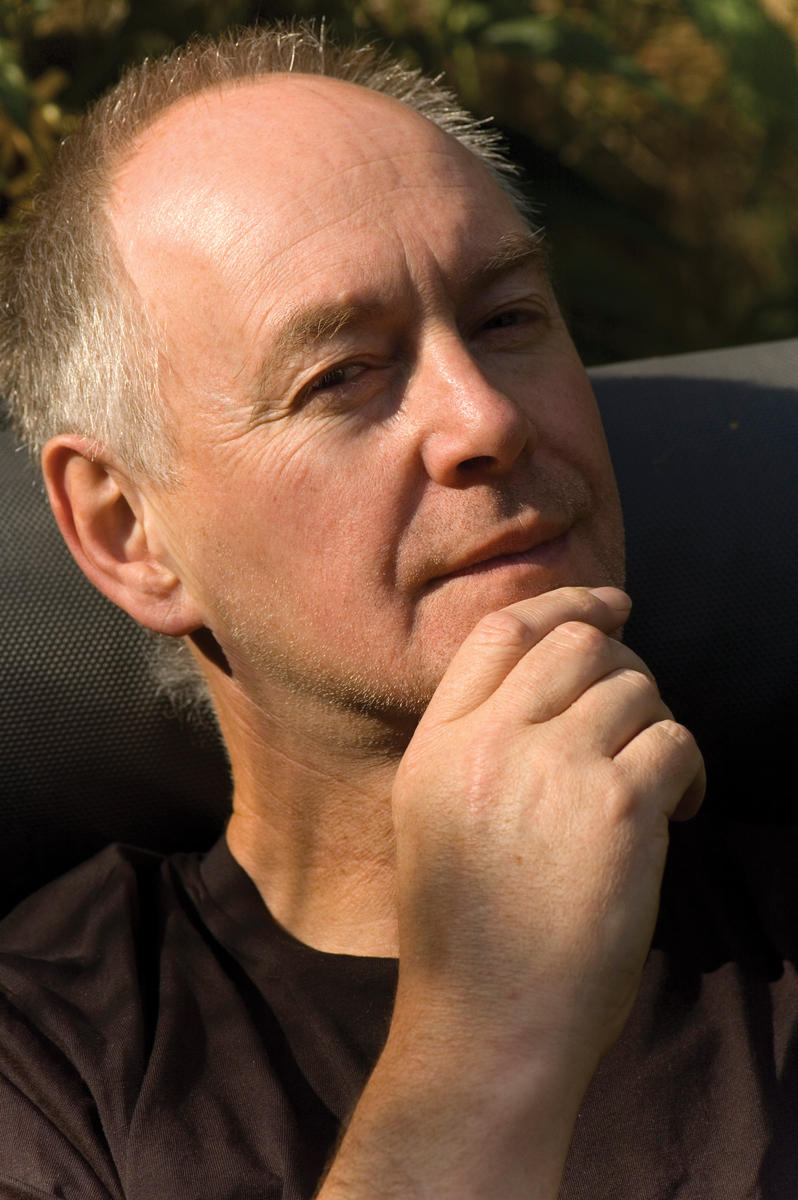
Andy Munro is a world-leading acoustics expert and has worked as an engineer and designer with some of the world’s biggest bands and audio companies. In celebration of his latest monitor project, the MunroSonic Egg, MusicTech catches up with Andy to talk acoustics, careers advice and studio technology…
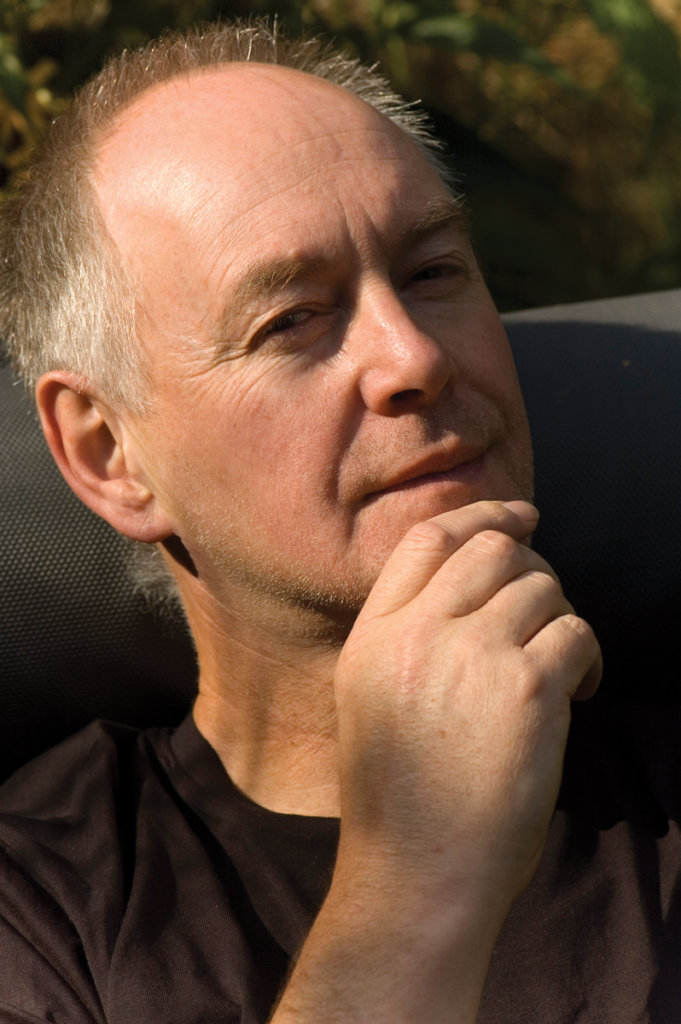
Andy Munro began an extraordinary career in audio in 1972, working as an engineer at Shure where he ended up designing systems for venues, and where he worked with artists such as Led Zeppelin and The Rolling Stones as well as prestigious clients including the BBC.
With his own company, Munro Acoustics, he has worked for some pretty illustrious clients too (Sony and Disney to name but two) and designed many notable studio installations across the world, not to mention becoming one of the founders of the renowned Dynaudio Acoustics in 1990. With the Munro Egg System Andy has re-entered the home, project and professional studio worlds with a monitoring system which is as successful as it is unusually designed.
Having recently achieved not only a Lifetime achievement award from Pro Sound News but a whopping 9/10 from us for the brilliant Egg monitors, we thought it was about time to catch up with Andy and glean the following words of wisdom and advice…
MusicTech: Tell us how you got into the world of studio acoustics.
Andy Munro: I guess the original idea came from a five-year post-university stint with Shure during which time I worked in the UK and USA as a technical marketing and systems integrator. I realised that good sound reproduction was largely dependent on acoustics, and my mechanical engineering background gave me head start with the formulas and science!
I spent most of the late 70s working with sound companies and bands sponsored by Shure, notably Showco, the Rolling Stones and Led Zeppelin. It was a great time to be in audio engineering and the pace of development was incredible, with studios becoming laboratories of sound. I started my own company in 1980 and things moved very quickly.
My first studios were based on textbook BBC and EMI manuals, but I had also learned a lot from my time with Don Davis at Synergetic Audio Concepts, which was a thinktank for great ideas in sound system design. That’s where the whole time-energy-frequency approach to acoustics became a useful tool as opposed to theoretical physics. I bought one of the first dedicated, computer-based analysers and the whole ball started rolling with that.
I co-formed Dynaudio Acoustics in 1990 when I was building custom monitor systems using Dynaudio drive units. I first heard of them at AIR studios in London where Dave Harries had built a speaker with them. In my opinion they’re still the most natural sounding speakers, and we still build special systems for individual clients.
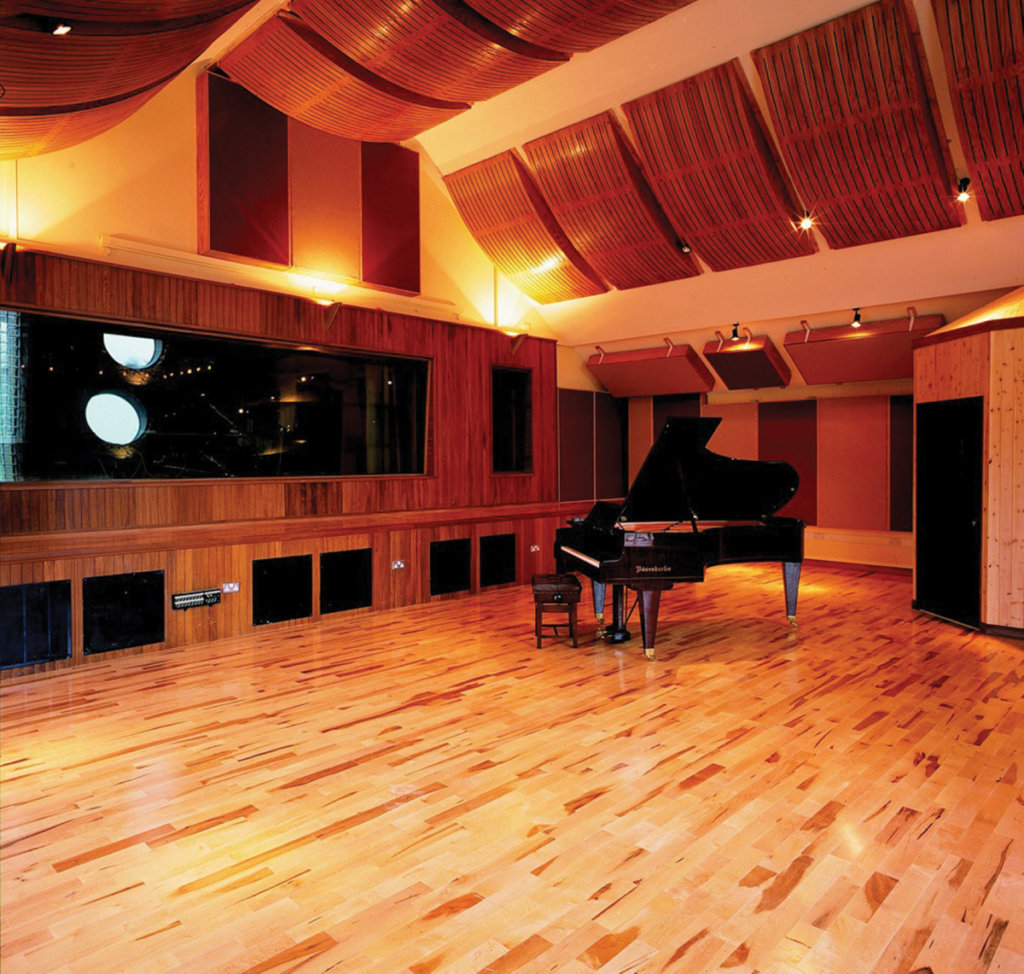
MT: Can you remember what it was you wanted to achieve in the industry when you first became part of it?
AM: My goal was always to be a mixing engineer or a successful designer of acoustic spaces and sound systems. I always had a good ear but I’m not a natural businessperson and I knew I would only reach my goal through making things sound so good that people would want what we do.
I would say we – and I do include the whole team – have ended up achieving that. It has taken years of fine-tuning to make the business model work as well as the sound engineering!
MT: What’s been the highlight in terms of success?
AM: I would say the product that people respect and trust is the Munro Acoustics brand itself. We always get the job done and if there are problems we fix them. Trust and integrity are at the very core of our work and we don’t employ any smoke or mirrors to achieve that. I’ve had to fire a few people along the way and it’s always been because they didn’t have that attitude.
Through that I have become involved with other companies such as Dynaudio (as a founder of Dynaudio Acoustics) and lately with Sonic Distribution with the Egg project. MunroSonic is now a reality and the Egg speaker concept is gaining fans round the world.

MT: You allegedly have a very good explanation for the decibel principle – please share it!
AM: Ah, I have a few of those but the one that blows people away is the fact that if you take the dynamic range of sound power that we can hear – roughly 140dB between the quietest and the loudest sounds – it is the equivalent of the distance from one metre to the nearest star! That’s basically because 0dB is referenced to 10-12 Watts and 100 (102) Watts is the loudest music we can stand, so hence the galactic range of 1014 metres. No audio system can match that so we humans are pretty amazing!
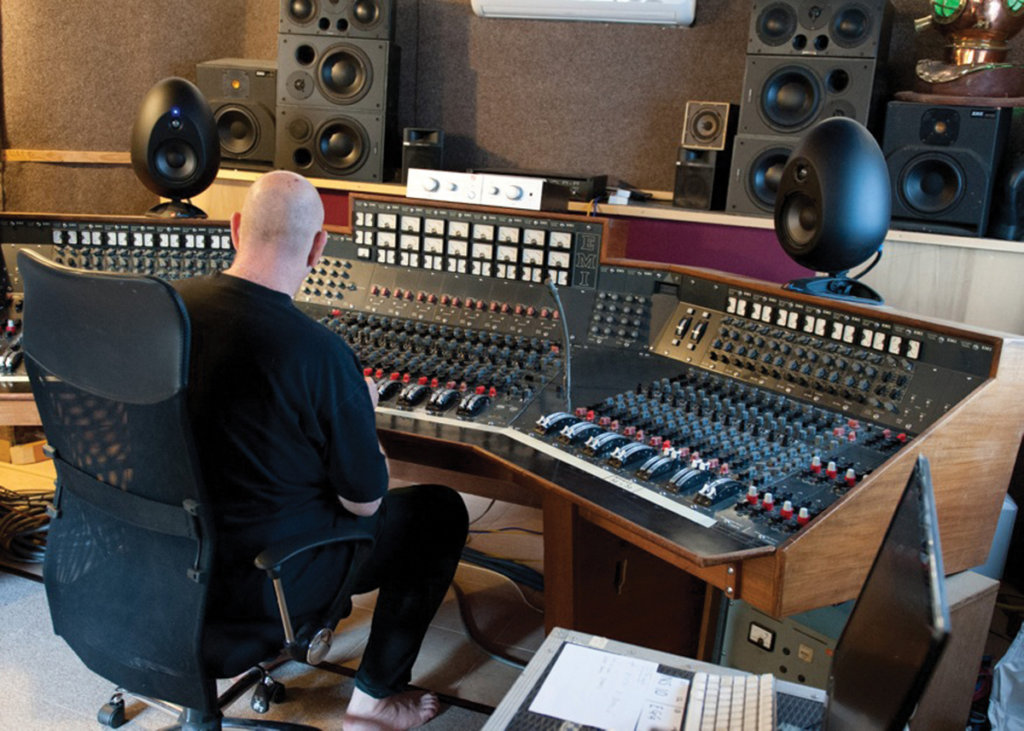
MT: What other aspects about sound do you get asked about?
AM: Most people treat sound as if it’s just a physical quantity that you can move from A to B and even store without altering its very essence. Not so. Sound in the sense of communicating audible, intellectual ideas, is the flow of energy from one source to another destination via the medium of air. Every part of that path is capable of degrading the original. It’s the relationship between time and space that defines a sound.
Now that so much music is electronic a lot of the natural interaction between musicians and the studio environment is lost, which is a pity. It’s interesting and not surprising that so many plug-ins are trying to capture the essence of a room or even a valve amp with all its inherent distortions.
MT: What is the biggest acoustic ‘mistake’ that you come across in studios, and what is your cure-all advice for it?
AM: The biggest problem in most rooms is the balance between the direct sound from a source and the effect the room has on it. At low frequencies a loudspeaker radiates energy as a spherical wave-front (think of blowing up a balloon) and even at 1m radius the surface area of that balloon is 13m2.
Our ears have a ‘capture’ area of 0.04 m2 so nearly all of that energy goes into empty space. That space then distributes that energy according to the dimensions and boundaries, by forming waves that bounce back and forth or hopefully get diffused and dispersed so that the energy decays smoothly and evenly at each frequency.
Now here’s the rub; our ability to resolve frequency is dependent on time, so 50Hz requires 20ms of time for the brain (and a spectrum analyser) to work out what’s there and 1000Hz only requires 1ms. Sound travels nearly 9m in 20ms so a small room will mess with the low frequencies while the brain is trying to figure out what’s going on.
To make matters worse loudness depends on the time a sound lasts, and at low frequencies that time can be 200ms. And as a final punishment the inner ear lumps low frequencies into bundles called critical bandwidths, so to hear individual notes we learn how to compare beats (as any guitarist knows well). All this means controlling low frequency energy is the hardest thing to get right. We use rules for optimum reverberation times and room dimensions to get predictable results.
MT: When it comes to monitoring, what’s the most common monitoring mistake people make either in terms of position or process?
AM: I guess the biggest mistake is to use the wrong size of system for the room and the mix situation. A big speaker with several drivers needs distance and space to resolve into a single, phase coherent wave-front. A near-field speaker is closer to a point source but needs to be in its own space to avoid strong early reflections that can cause interference and cancellations.
Plonking speakers on top of a desk and too far apart creates a hole in the middle and makes it difficult to hear phase cancellations in the mix. I am a great believer in separate stands and perfect equilateral triangles, so adding two speakers together gives 6dB summing, and reversing polarity of one feels like your brains are being sucked out through your ears.
Mixing and listening are two distinct processes, and a monitor that can handle one is not always ideal for the other.
MT: Do you have any specific principles of monitor design that you can share?
AM: Trust your ears! I have come across many speakers that measure well but do not sound natural. A good speaker works with all kinds of music and speech. I work closely with both electronics and transducer designers to get the best possible combinations.
I always do the final tuning in my own studio. Dynamics is also vital to me, as a monitor that compresses sound makes it impossible to judge a mix balance correctly. Apart from good drive units, the single most expensive component in a monitor should be the power supply.
MT: Which music production techniques are you most commonly asked about?
AM: I am often asked, ‘what’s the best sound level to mix and balance?’ I explain that our hearing sensitivity is not linear. At sound levels above 85dB our sensitivity gradually flattens out the spectral response as our ears start limiting mid frequencies. Whereas, at lower sound levels, the ear is less sensitive to low and very high frequencies.
So an average of 85dB is a good compromise and leaves at least 20dB headroom if you set up your system well. This is how all feature films are mixed, so that cinemas get a consistent product.

MT: And when asked that, what’s your reply?
AM: It’s all a question of balance. Our hearing evolved to hunt food and stay alive so it works in a highly specialised way. Inferior listeners either starved or more likely got eaten! Spatial awareness and the ability to locate sounds comes from that and we mess with it at our peril. Really talented sound mixers are good at bringing out aural clues that enhance the basic sound.
MT: What advice would you give anyone entering the world of music production with the view to making a living from it?
AM: Find out if you’re any good at it! Some people can hear the best aspects of a recording or performance and then add a gloss and spatial dimension that makes it special.
I once heard a rough mix of a very successful band’s studio sessions and I was dismayed. Two months later the finished album went straight to the top of the US charts and sold 15 million copies. The producer did a good job and still does.
MT: What is the future of music production?
AM: Potentially music production has a great future but the financial model needs serious consideration. I believe musicians need to work together in an interactive way in good acoustic environments to make great ensembles. Unless we come up with great live acts that have the time and resources to spend several weeks in a good studio then we shall not see the likes of the Stones or Zeppelin again. Each generation has its true innovators and those who push music into a new place. I’m not sure who really deserves the accolade so far this century.
MT: How would you like to be remembered in terms of your personal and company profiles?
AM: Individually, as someone who tried to push studio design and acoustics beyond the reach of the black art and ‘smoke and mirrors’ brigade.
As a company, one that brought together engineers and designers to form a team capable of building great spaces for the enjoyment of all who love good sound.
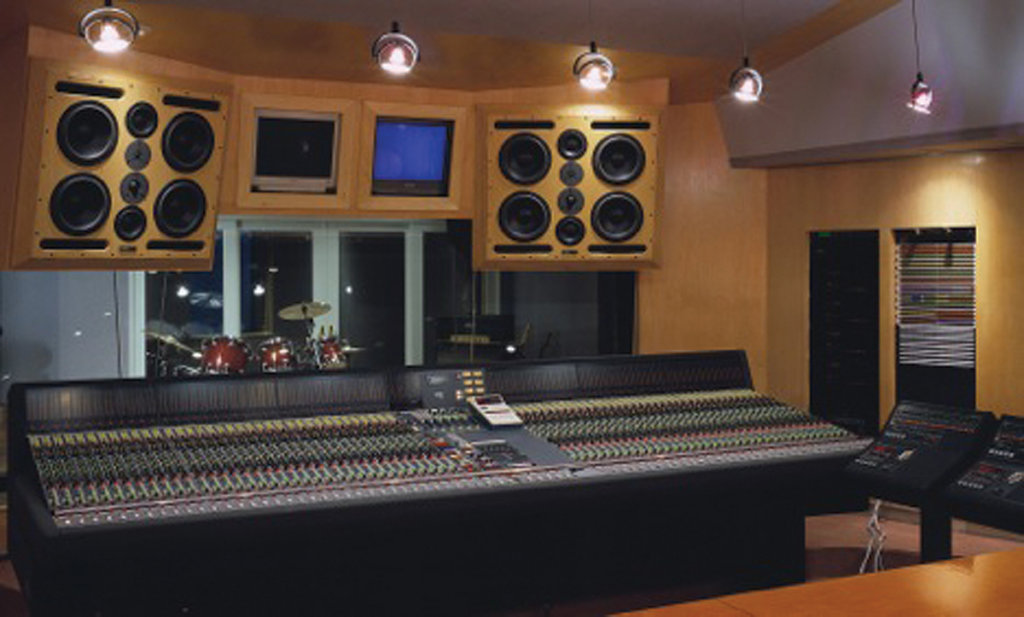
MT: And finally a gratuitous plug for your company and any upcoming products?
AM: We recently designed 30 studios for the new BBC Broadcasting House and 150 editing and mix rooms for a massive complex in India as well as the bulk of the Tile Yard studio facility in London. Our latest monitor design, the MunroSonic Egg, has sold very well in its first year and drew great praise from reviewers and users worldwide.
The smaller Egg100 will hit the market in May and that will (I believe) redefine what can be achieved with a small monitor system.
We’re also currently designing a completely new mastering system that will be both stunningly accurate and affordable, even in the current financial reality. There are five very capable and motivated designers at Munro Acoustics and that says a lot about what we are committing to in this business. I hope enough people will continue to demand the quality to justify what we do!